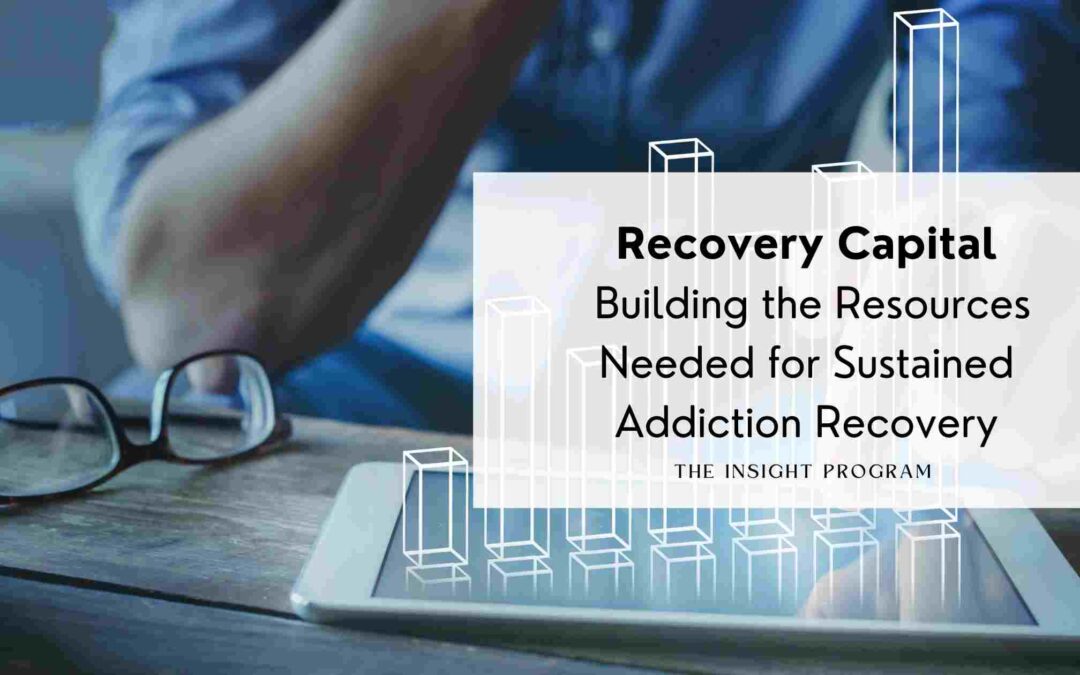The journey to addiction recovery is multifaceted, requiring more than just abstinence from substances. To achieve sustained recovery, individuals need to build what is known as “recovery capital” – a comprehensive reservoir of internal and external resources that support long-term well-being. In this article, we explore the concept of recovery capital and how individuals can strategically build and leverage these resources to enhance their chances of maintaining a life free from addiction.
Understanding Recovery Capital:
Recovery capital is a concept that goes beyond traditional approaches to addiction treatment. It encompasses various aspects of an individual’s life, divided into three main categories:
- Physical Capital: This involves the physical health and well-being of the person in recovery. It includes aspects such as nutrition, exercise, and adequate sleep – foundational elements that contribute to overall wellness.
- Human Capital: Human capital refers to the skills, knowledge, and education that a person possesses. In the context of recovery, this can include developing coping mechanisms, communication skills, and emotional intelligence – all crucial for navigating the challenges of life without turning to substances.
- Social Capital: Social capital involves the quality and quantity of an individual’s social connections. Positive relationships, support networks, and a sense of belonging play a vital role in sustaining recovery. It is within these connections that individuals find encouragement, understanding, and accountability.
Building Physical Capital:
- Holistic Wellness Practices: Engaging in activities that promote overall well-being is essential for building physical capital. This includes regular exercise, a balanced diet, and sufficient sleep. Physical health provides a solid foundation for emotional and mental well-being.
- Medical Support: Seeking professional medical support is crucial, especially in the early stages of recovery. Regular check-ups, addressing co-occurring health issues, and medication management, if necessary, contribute to building physical capital.
Building Human Capital:
- Therapeutic Interventions: Engaging in therapy is a key component of building human capital. Cognitive-behavioral therapy (CBT), dialectical behavior therapy (DBT), and other evidence-based approaches help individuals develop essential life skills, emotional regulation, and coping mechanisms.
- Educational Opportunities: Pursuing education and skill-building opportunities enhances human capital. This can involve formal education, vocational training, or learning new hobbies and interests. Education broadens perspectives and provides individuals with a sense of accomplishment.
Building Social Capital:
- Support Groups and Communities: Participating in support groups, such as 12-step programs or alternative recovery communities, fosters social connections. These groups provide a sense of belonging, understanding, and shared experiences, which are instrumental in building social capital.
- Rebuilding Relationships: Repairing and strengthening relationships with family and friends contributes to social capital. Open communication, trust-building, and shared activities help create a supportive network.
Challenges in Building Recovery Capital:
- Stigma and Discrimination: The stigma surrounding addiction can be a barrier to building recovery capital. Individuals may face judgment or discrimination, hindering their ability to access necessary resources.
- Limited Access to Resources: Socioeconomic factors can impact an individual’s access to recovery resources. Disparities in healthcare, education, and employment opportunities can pose challenges in building comprehensive recovery capital.
Leveraging Recovery Capital:
- Ongoing Self-Reflection: Regular self-reflection helps individuals identify areas where they can continue to build recovery capital. This involves assessing physical, human, and social capital regularly.
- Adaptability and Resilience: Developing adaptability and resilience are crucial for leveraging recovery capital effectively. Life is dynamic, and having the ability to navigate challenges while maintaining recovery is a testament to a robust recovery capital.

